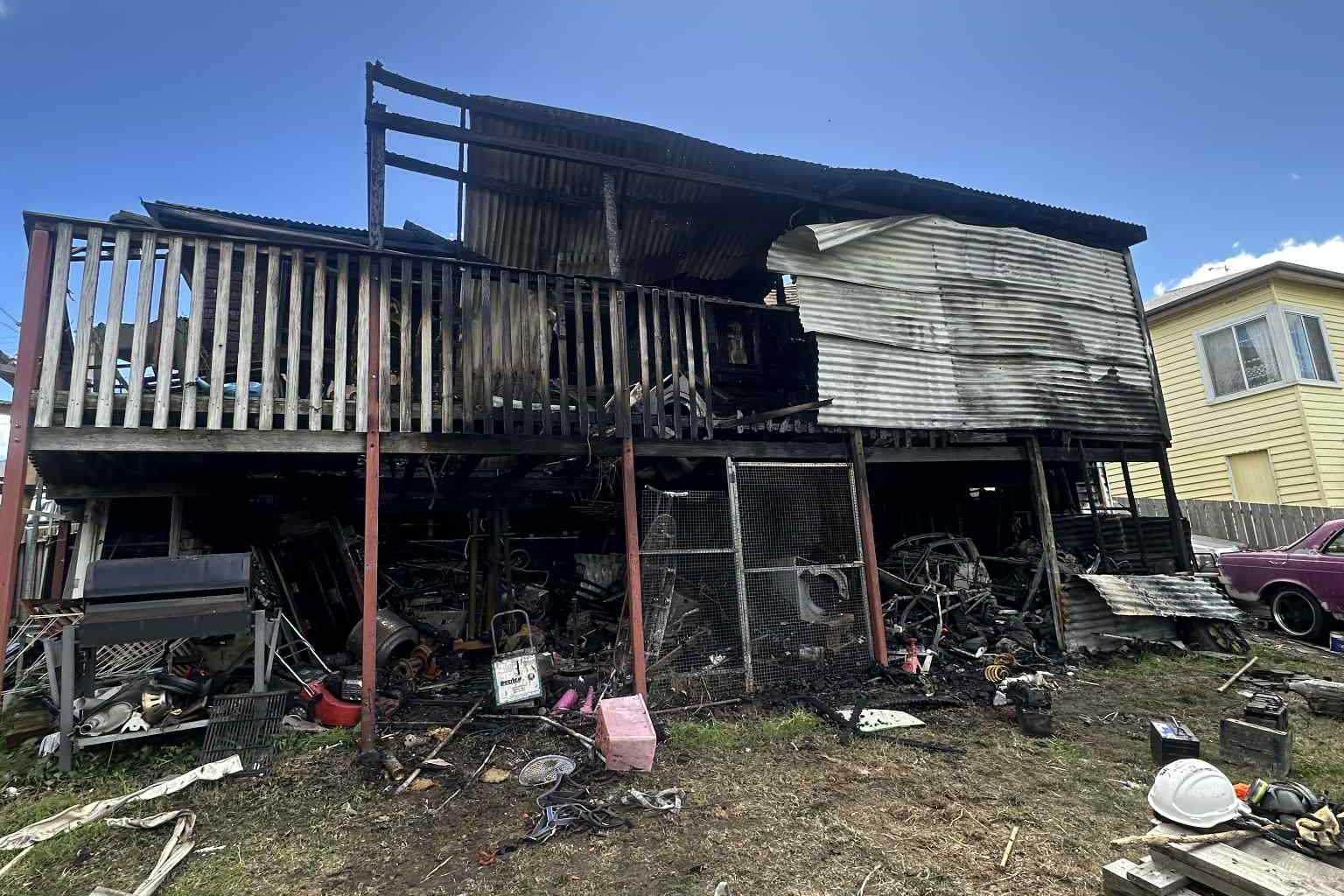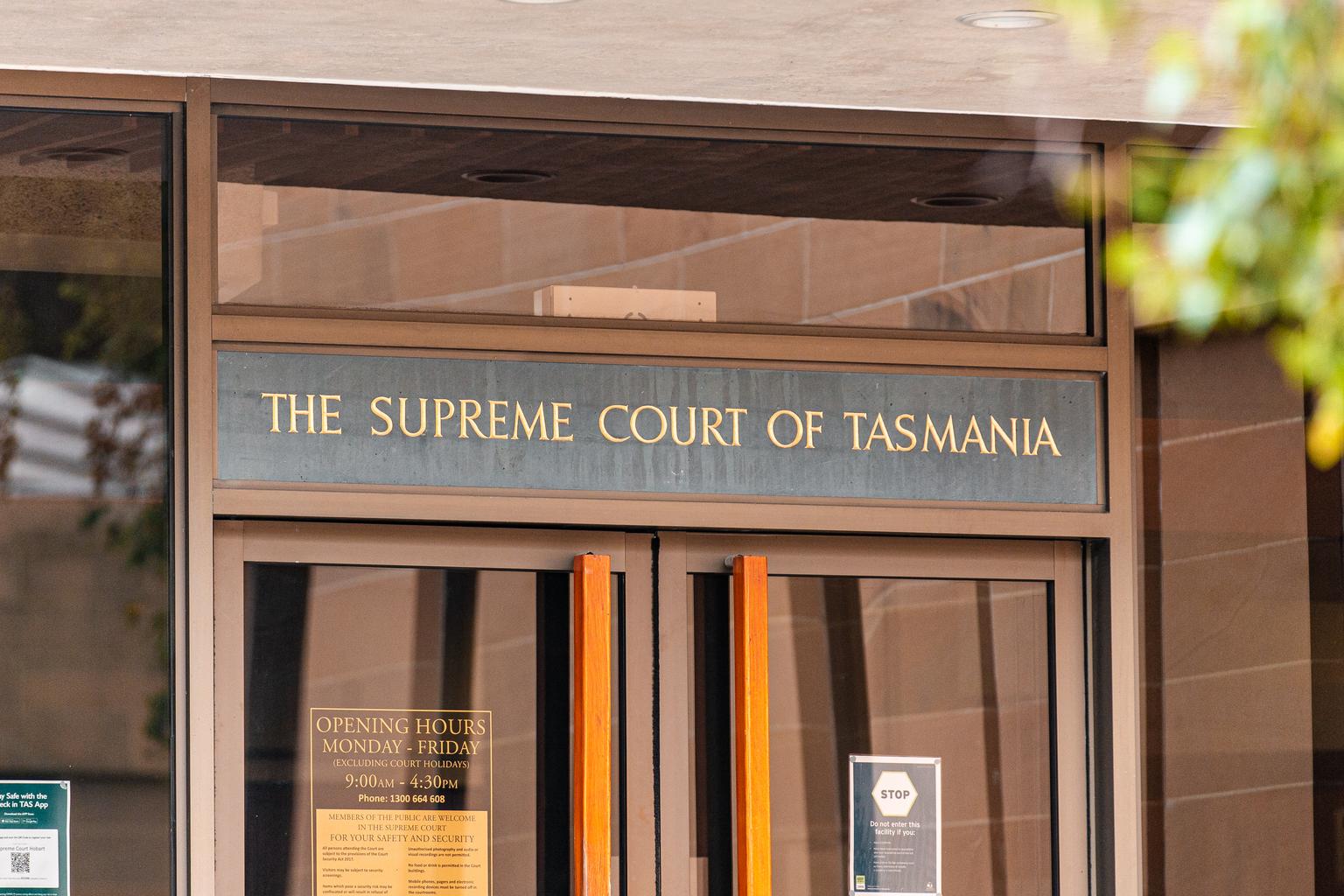Hobart Lord Mayor Anna Reynolds is urging the community to look past the projected economic benefits of the proposed Macquarie Point stadium and consider its broader impacts on the city’s heritage character and infrastructure.
The call comes after an independent economic analysis commissioned by the Hobart City Council found the stadium would deliver “significant economic impacts”.
Reynolds today issued a public statement encouraging people to read the council’s draft submission to the Tasmanian Planning Commission in full, not just “selective parts highlighted by some media outlets”.
“Whilst the assessment report identifies potential economic contributions to the City, it also raises many issues that would need to be addressed in order for the Stadium project to be realised,” Reynolds said.

“Realistically, these issues must be addressed before any stadium economics are considered.”
The analysis by AEC Group suggested the stadium would contribute $143.3 million to Hobart’s economy annually during construction and $178.9 million annually once operational.

However, Reynolds has appeared to question the completeness of the findings, pointing to a separate report which Council had not included in its draft submission to the TPC.
“The consultant who wrote this study, AEC, are used regularly by Stadiums QLD,” she wrote in a Facebook comment on a post by Councillor Ryan Posselt on Saturday.
“Council staff commissioned 2 studies on the economic impacts of the stadium – the other study by SGS Economics reached a different conclusion.”
In response to the Lord Mayor’s statement today, Minister Eric Abetz says the projected benefits of the project should not be understated.

“The stadium will deliver significant benefits to our entire state, as the Hobart City Council-commissioned report has outlined,” he told Pulse.
“From the construction phase to hosting elite sport, concerts and conferences, the Macquarie Point stadium will create jobs and inject millions back into the Tasmanian economy.”

“There are challenges that we will work through, but it is time to get on and build it.”
“Importantly, every Tasmanian can have their say about the project through the Project of State Significance process, and consultation will be undertaken on the draft enabling legislation.”
As reported by Pulse on Friday, despite acknowledging the economic benefits its consultants found, the Hobart City Council’s draft submission to the Tasmanian Planning Commission raised several concerns with the proposed stadium project.
Traffic management for large events and the absence of Conservation Management Plans for heritage-listed buildings were identified as significant issues.

The submission, signed by Council CEO Michael Stretton, described the size of the stadium as disproportionate to Hobart’s “small scale and established built form”.
“The stadium is a pleasing form in and of itself, and the use of timber and transparent aspects to the roof and the lower walls at the edges go some way to minimising the scale and bulk,” the submission read.

“However the relationships that are set up between the proposed stadium and the places and buildings around it are not respectful or complementary due to the unavoidable contrast in scale and visual bulk, and the long expanse of inactivated frontage on Evans Street.”
The Hobart City Council will discuss the draft submission at their meeting on Monday night, where elected representatives will have an opportunity to provide input before finalisation.







